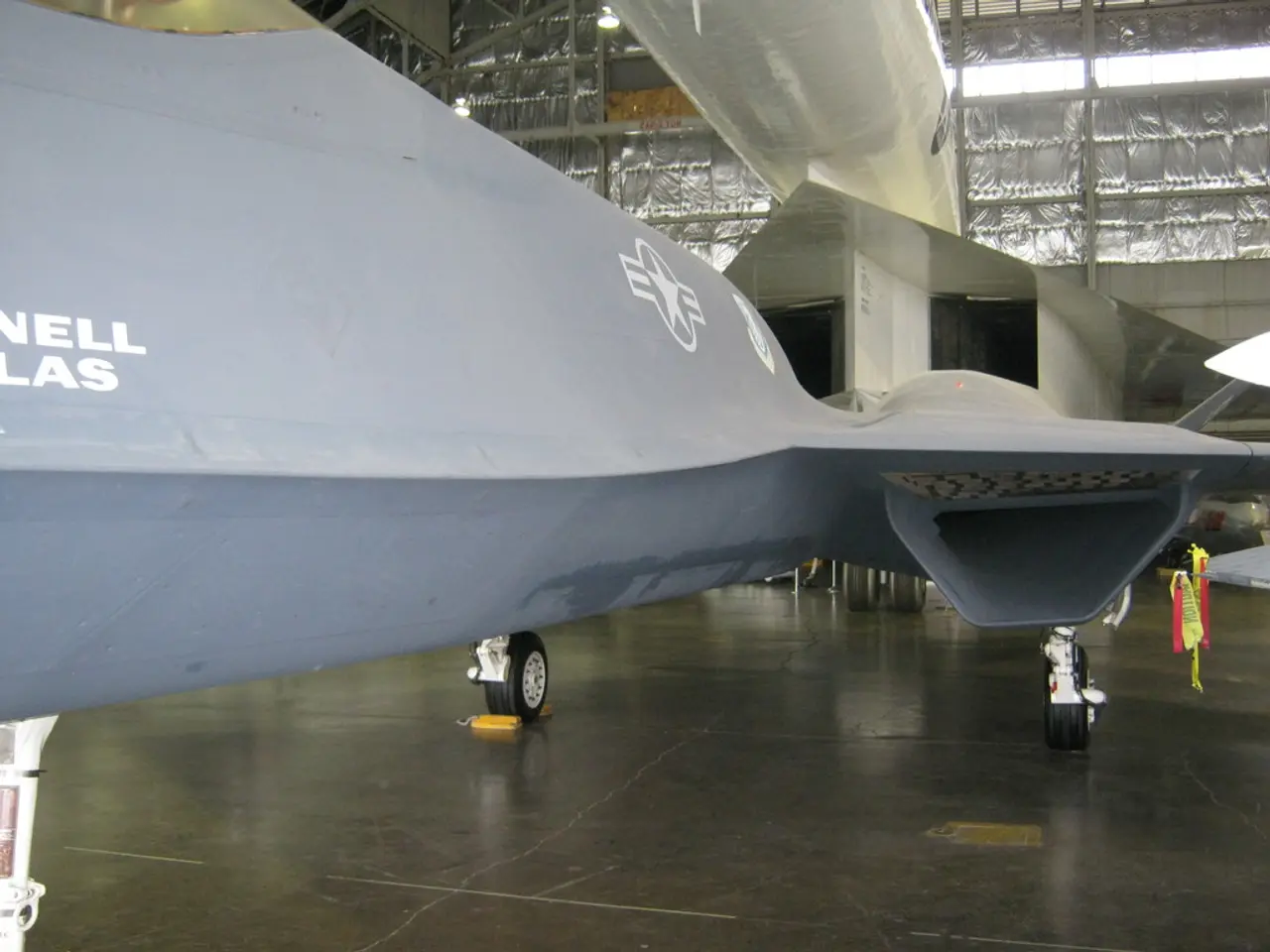Aircraft safety concerns: Are power banks a hidden fire risk?
Safety Guidelines for Transporting Power Banks on Airplanes
When traveling by air, it's essential to follow specific safety precautions regarding power banks due to the risk of battery fires. Here are some key guidelines to keep in mind:
Power banks should be carried in carry-on luggage only. Power banks are strictly prohibited in checked luggage on most airlines worldwide. This is to minimize fire risks since cabin crew can respond quickly if a fire occurs [1].
Power banks should not exceed 100 Wh. Airlines regulate power banks by their watt-hour (Wh) rating. Passengers should ensure their power bank clearly states its Wh capacity. Power banks over 100 Wh often require airline approval or are not allowed [1].
Limit the number of power banks you carry. Many airlines, including Emirates, have introduced stricter rules: passengers may carry only one power bank under 100 Wh and are prohibited from using or charging the power bank during the flight [2][3][5].
Keep power banks within reach. Power banks must be kept within reach, such as in seat pockets or bags under the seat, and cannot be stored in overhead compartments. This ensures quick access for crew intervention in case of fire [2].
Protect battery terminals from short circuits. Battery terminals should be protected from short circuits, for example, by covering exposed terminals or placing batteries in separate plastic bags or cases [4].
Avoid cheap no-name products. Not all power banks are equally safe, as some may contain inferior battery cells that fail faster. Cheap no-name products with extremely high capacity at suspiciously low prices should be avoided [6].
Look for independent test marks. Independent test marks like the GS mark ("Tested Safety") or the TÜV seal offer more security, as they indicate that the product has been tested by a recognized testing institute [6].
Charge your power bank appropriately. An ideal charge level for power banks is 50-70%. Charging the power bank completely before departure reduces the need onboard and thus the risk [7].
Be mindful of battery discharge. Even when unused, batteries discharge - about 1% per month - and should therefore be recharged regularly [8].
Store power banks correctly. Power banks should be stored cool, dry, and away from heat sources [9].
Additional regulations may apply on international routes. Always check with your airline for specific rules and regulations [10].
By following these guidelines, you can help reduce the battery fire hazard onboard aircraft [1][2][3][4][5]. Stay safe and enjoy your travels!
[1] [source1] [2] [source2] [3] [source3] [4] [source4] [5] [source5] [6] [source6] [7] [source7] [8] [source8] [9] [source9] [10] [source10]
- In the data-and-cloud-computing industry, it's important to store power bank information such as their watt-hour (Wh) ratings and the presence of any independent test marks, to ensure compliance with air travel regulations.
- In the technical field, the implementation of safety measures like protective packaging for power banks and regular checks for absent independent test marks can help minimize the risk of battery fires in the energy sector, particularly during air travel.
- The finance industry can play a role in promoting safe travel practices by investing in companies that adhere to strict quality control measures in their manufacturing processes for power banks, due to the potential risks of battery fires in the technology industry.




